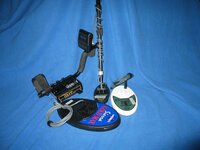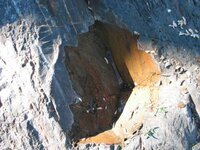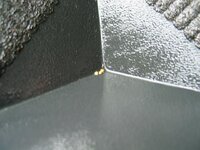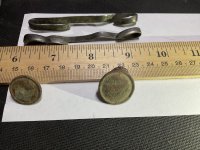jangles
Full Member
I'm confused and maybe some experts can set me straight. I see gold detectors with freqs like 71 khz and some "gold detectors" with freqs like 18khz I understand the lower the freq the deeper it will find a target (if it's large enough) however the higher the freq the better on small gold but not as deep, so how come the sovereign gt with up to 1.5-25khz is getting a bad rap as a gold hunter when units like the fisher gold bug pro run 18khz? Mind you I don't plan on gold hunting I'm just trying to understand the freq on gold as the freaks are all over the place...what gives?
 Thanks
Thanks
Upvote
0



 ...........Todd
...........Todd



 , except I will hang onto it.
, except I will hang onto it. , then I'll repeat the test with the setup you suggested, except I'll be using a test frame I made pictured below......it's all wood, plastic and rubber (no metal.).
, then I'll repeat the test with the setup you suggested, except I'll be using a test frame I made pictured below......it's all wood, plastic and rubber (no metal.).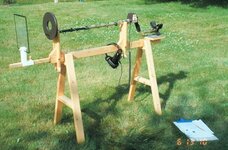
 !
! Of course, the depth range will increase as the size of the gold increases and more eddy-currents are generated.
Of course, the depth range will increase as the size of the gold increases and more eddy-currents are generated. 